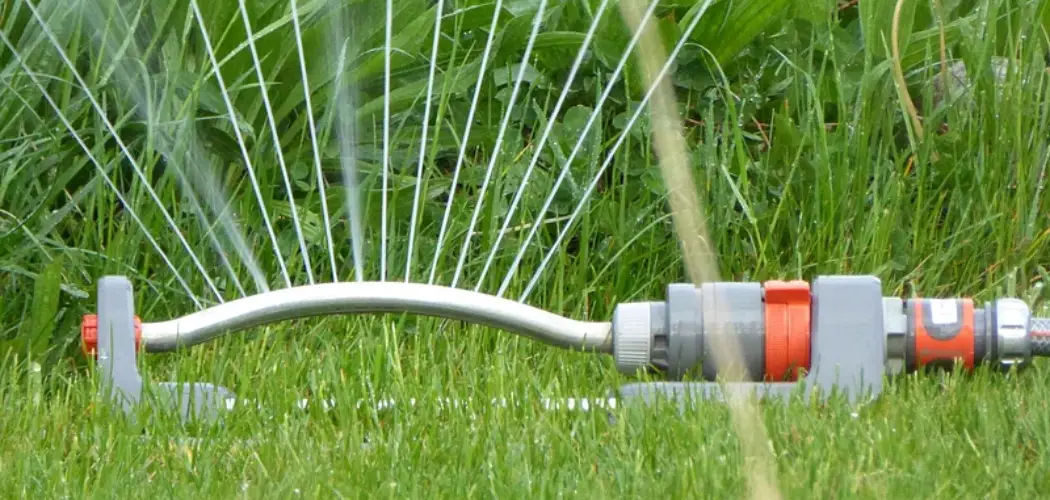One of the most important tasks in maintaining a beautiful and lush lawn is ensuring your sprinkler system works properly. Whether you have an automatic or manual irrigation system, keeping it running smoothly is essential so that your plants and grass receive the needed water.
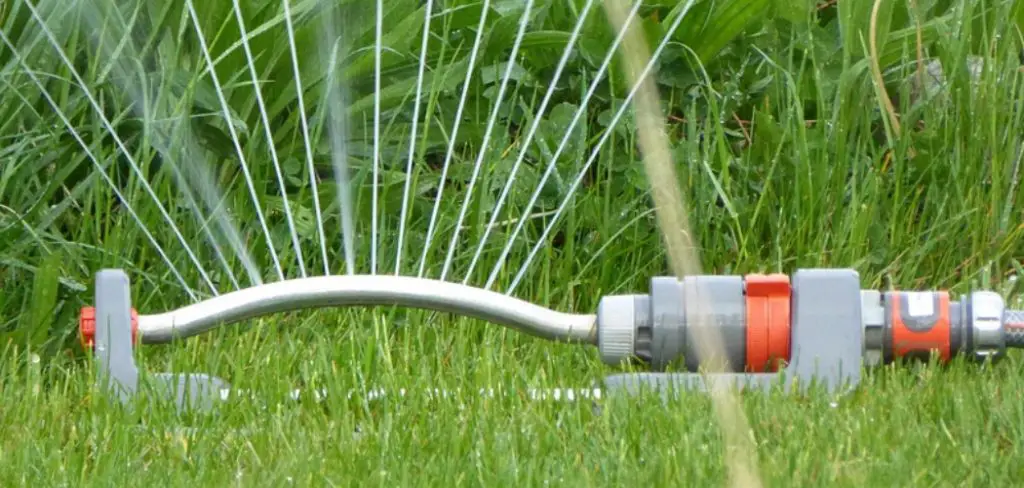
The main advantage of restarting a sprinkler system is ensuring your lawn or garden stays healthy. As time passes, the system may become less efficient and require maintenance or repairs, so it’s important to know how to restart it properly. You can find step-by-step instructions on how to restart sprinkler system in this blog article.
Step-by-step Instructions for How to Restart Sprinkler System
Step 1: Inspect the System
Begin by checking for any visible damage or leaks in your sprinkler system. Make sure all the valves and pipes are intact and not broken or damaged.
It is important to know where your main water shut-off valve is located in case of an emergency. This valve controls the water flow to your sprinkler system and can be used to turn off the water supply if necessary.
Step 2: Turn Off The Water Supply
Next, turn off the main water supply to your sprinkler system by rotating the valve clockwise. This will prevent excess water from flowing through your system while working on it.
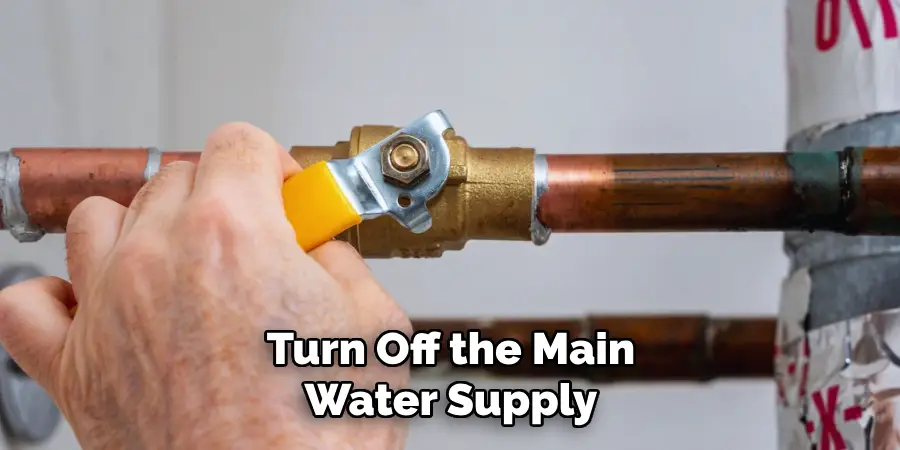
After turning off the water supply, it is important to drain your sprinkler system. This will prevent any remaining water from damaging your system during the restart process.
Step 3: Clean The Sprinkler Heads
Inspect and clean each sprinkler head to remove any dirt, debris, or buildup that may have accumulated. This will ensure the proper functioning of the sprinkler heads when the system is turned back on.
Make sure your sprinkler controller is in good working condition. Test each zone to ensure they are all functioning properly and make any necessary adjustments or repairs.
Step 4: Turn On The Water Supply
Once you have completed all necessary inspections and cleaning, turn the main water supply back on by rotating the valve counterclockwise. Turn on your sprinkler system and inspect each sprinkler head to ensure it is all working properly. If necessary, make any necessary adjustments or repairs.
Step 5: Set Your Controller
Reset your sprinkler system controller to the desired settings for each zone. This may include adjusting the timing and frequency of watering for different areas of your lawn.
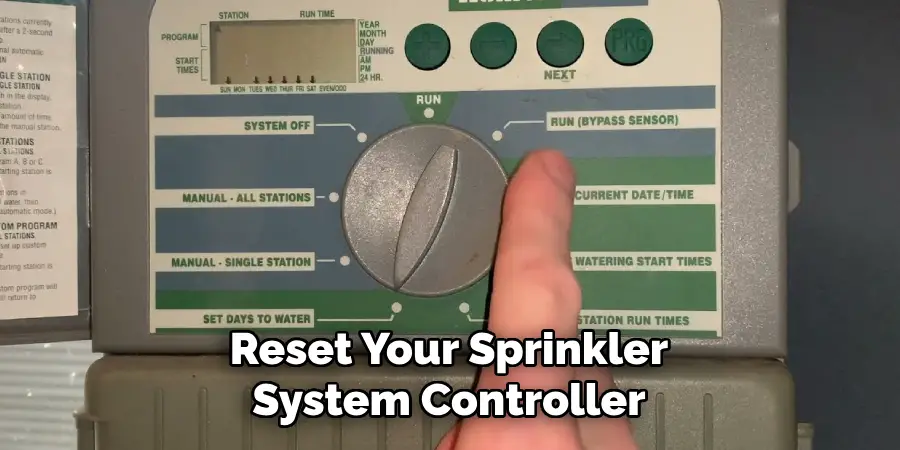
After restarting your sprinkler system, monitoring it closely for the first few days is important to ensure everything is working correctly. Look for any leaks or malfunctioning sprinkler heads and address them as needed.
Following these step-by-step instructions, you can easily restart your sprinkler system and keep your lawn healthy and green. Remember to regularly inspect and maintain your system to prevent any future issues.
Safety Tips for How to Restart Sprinkler System
- Wear Protective Gear: Before restarting your sprinkler system, it is important to ensure that you are wearing the appropriate protective gear. This includes goggles or safety glasses to protect your eyes from debris or dirt in the pipes, as well as gloves to prevent cuts or injuries while handling the system.
- Turn Off the Water Supply: Before any maintenance or restart, always remember to turn off the water supply to your sprinkler system. This is important for your safety and to prevent damage to the system itself.
- Check for Leaks and Damages: Once you have turned off the water supply, visually inspect the pipes and sprinkler heads for any leaks or damages. If you notice any, make sure to repair them before restarting the system.
- Flush Out Dirt and Debris: During the off-season, dirt and debris can accumulate in your sprinkler pipes. To prevent clogs and blockages, it is important to flush out any built-up dirt and debris before restarting the system. You can do this by manually flushing the pipes with water or using a special cleaning solution.
- Clear away obstructions: Make sure that there are no obstructions, such as plants, rocks, or other objects in the way of your sprinkler heads. This will ensure your system can distribute water evenly and effectively without any hindrances.
- Reset Controller Settings: If you had previously adjusted the settings on your sprinkler system, make sure to reset them before restarting. This will ensure your system operates according to its original settings and prevent potential issues.
- Start With a Test Run: After completing all the necessary safety checks and preparations, start your sprinkler system with a short test run. This will allow you to check for any issues or malfunctions before fully restarting the system.
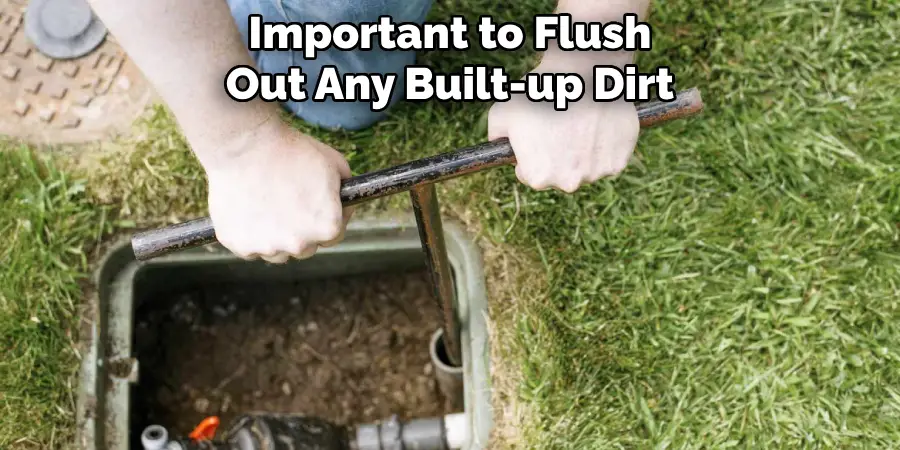
Following these safety tips, you can safely and effectively restart your sprinkler system safely and effectively for optimal performance. Remember to always prioritize your safety and consult a professional if you encounter any issues or are unsure about any steps in the process.
Maintenance of a Sprinkler System before Restarting
Sprinkler systems are essential to maintaining a healthy and vibrant lawn or garden. They ensure that the plants receive adequate water, even during times of drought or extreme heat. However, during the winter season, when temperatures drop below freezing, it becomes necessary to shut down the sprinkler system to prevent the pipes from freezing and bursting.
When spring arrives, it’s time to start thinking about restarting your sprinkler system for the upcoming growing season. But before doing so, you should complete a few maintenance tasks.
1. Inspect and Clean the Sprinkler Heads
Over time, debris such as leaves, twigs, and dirt can accumulate in the sprinkler heads, obstructing the water flow and affecting their efficiency. Before restarting your sprinkler system, it’s essential to inspect each sprinkler head and clean out any debris that may have accumulated over the winter season. You can do this by gently removing the sprinkler head, rinsing it with water to remove any dirt or debris, and reattaching it.
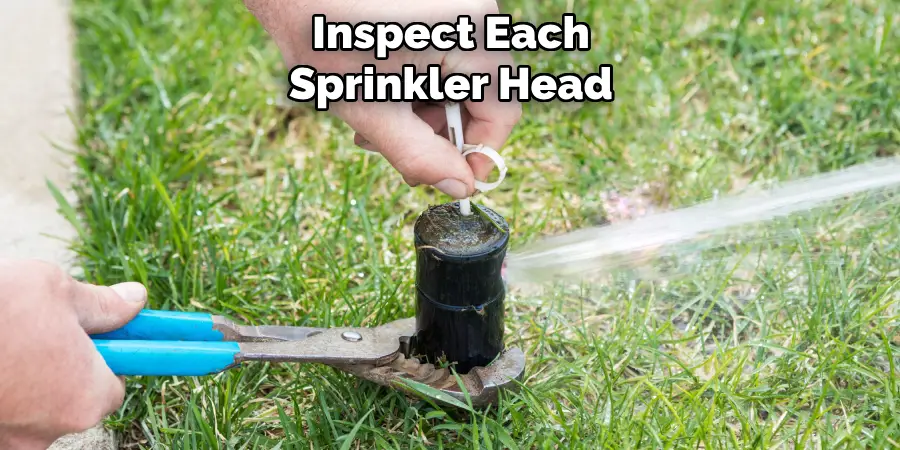
This process will ensure that your sprinkler heads function correctly and evenly distribute water across your lawn or garden.
2. Check for Leaks and Repair Any Damage
Before restarting your sprinkler system, check for leaks or damage in the pipes. Cold temperatures during winter can cause pipes to freeze and crack, leading to potential leaks. Inspect all the pipes and fittings for any signs of damage, such as cracks or holes. If you notice any leaks or damage, it’s essential to repair them before restarting your sprinkler system to prevent further issues down the line.
3. Reset the Controller
If you have an automated sprinkler system, make sure to reset the controller before restarting the system. The controller may have been programmed to shut off during the winter season, so you will need to adjust the watering schedule to prepare for the upcoming growing season. You can also update any other settings on the controller that may require changing.
4. Verify Water Pressure and Make Adjustments
Water pressure is crucial for the proper functioning of a sprinkler system. Before restarting your system, it’s essential to check the water pressure and make any necessary adjustments.
If the water pressure is too low, your sprinkler system may not be able to distribute water evenly, and if it’s too high, it could put excess strain on the pipes. Adjust the pressure accordingly to ensure the proper functioning of your sprinkler system.
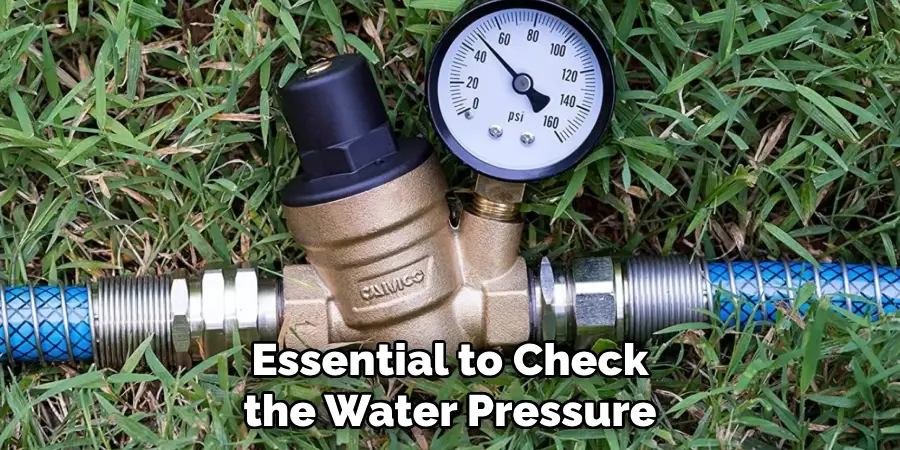
5. Test the System
Once you have completed all the maintenance tasks mentioned above, it’s time to test your sprinkler system before fully restarting it for the growing season. Turn on the water supply and run each zone individually, checking for any issues such as uneven water distribution or leaks. This step will allow you to make final adjustments or repairs before regularly using the system.
Maintaining a sprinkler system is essential for its longevity and optimal functioning. Before restarting your system, make sure to inspect and clean the sprinkler heads, check for leaks and damages, reset the controller, verify water pressure, and test the system.
These simple maintenance tasks will ensure that your sprinkler system is ready to provide adequate water for your lawn or garden during the upcoming growing season.
Are There Any Common Issues That May Occur When Restarting a Sprinkler System, and How Can You Troubleshoot Them?
While restarting a sprinkler system may seem like a straightforward task, some common problems may arise during the process. It’s essential to be aware of these issues and know how to troubleshoot them effectively.
1. Clogged or Blocked Sprinkler Heads
As mentioned before, debris can accumulate in the sprinkler heads over time, obstructing the water flow and affecting the efficiency of your system. If you notice that a particular zone or sprinkler head is not functioning correctly, it may be clogged or blocked. In this case, you can remove the sprinkler head and clean it out manually, ensuring that there are no obstructions.
2. Low Water Pressure
Low water pressure can also be a common issue when restarting a sprinkler system. As mentioned earlier, checking and adjusting the water pressure before restarting your system is essential. However, if you notice that there is still low water pressure after making adjustments, there may be an underlying issue, such as a leak or a faulty valve. In this case, it’s best to consult a professional for proper troubleshooting and repairs.
3. Broken Pipes
The freezing temperatures during winter can cause pipes to crack or burst, resulting in leaks and disruptions in the water flow. If you notice any leaks or damages in the pipes when restarting your sprinkler system, it’s crucial to repair them immediately to prevent further issues. In some cases, replacing the pipe’s damaged section may be necessary.
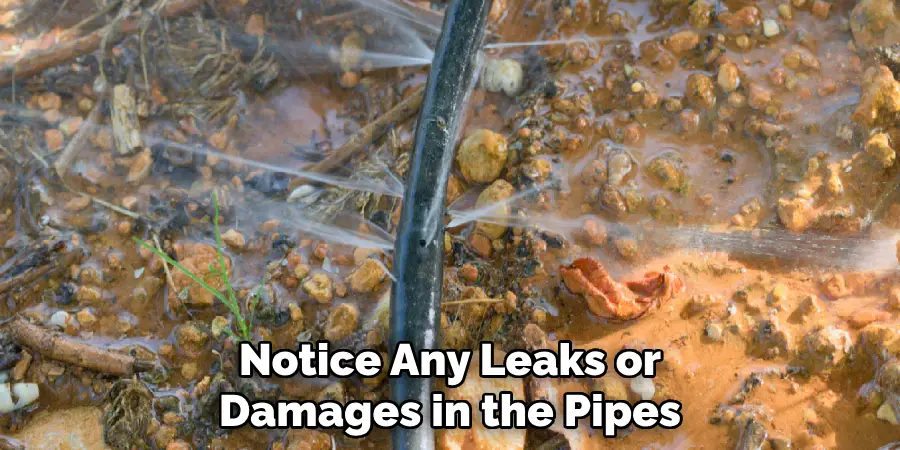
4. Controller Malfunctions
If you have an automated sprinkler system, the controller is a vital component that controls the timing and frequency of watering. If you experience any issues with the controller, such as not functioning or incorrect programming, it may need to be reset or replaced. Refer to the manufacturer’s instructions for proper troubleshooting steps.
By being aware of these common issues and knowing how to troubleshoot them effectively, you can ensure that your sprinkler system is functioning correctly and providing adequate water for your lawn or garden. Regular maintenance and timely repairs are essential for the optimal performance of any irrigation system.
What Are Some Signs That Indicate the Need for a Restart of the Sprinkler System?
Several signs may indicate your sprinkler system is in need of a restart. These signs can vary depending on the type and age of your sprinkler system and environmental factors such as weather conditions. Here are some common signs to look out for:
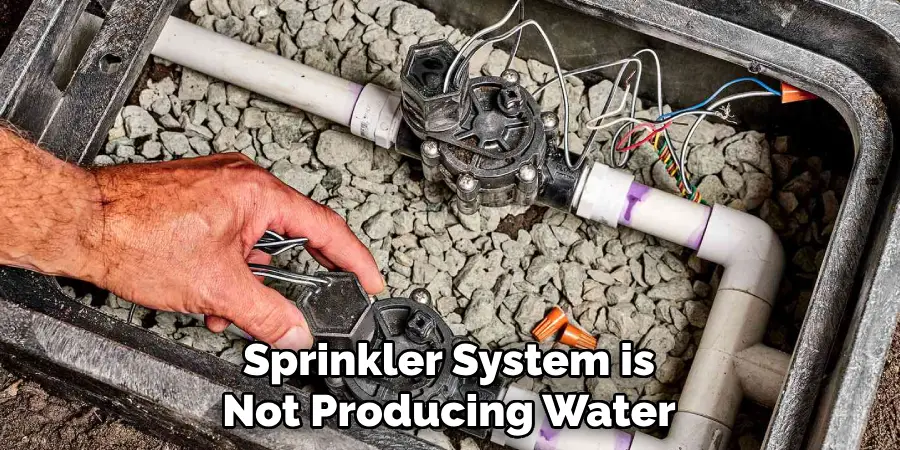
- No Water Flow—If your sprinkler system is not producing water, this could indicate a malfunction or issue. It can be caused by various factors, such as clogged irrigation lines, damaged valves, or a faulty controller.
- Uneven Watering—If you notice that certain areas of your lawn or garden are receiving more or less water than others, this could be a sign that your sprinkler system needs to be restarted. This can occur due to misaligned or clogged sprinkler heads.
- Dry or Brown Patches – If you notice dry or brown areas in your lawn despite regular watering, it may be time to restart your sprinkler system. This could indicate that certain zones are not receiving enough water and need to be adjusted or recalibrated.
- Water Pressure Issues—If you notice a decrease in water pressure when using your sprinkler system, it could be a sign that it needs restarting. This can occur due to clogged irrigation lines, damaged valves, or low water levels.
- System Errors – Most modern sprinkler systems come equipped with error codes or alerts that indicate when there is an issue. If you receive any error messages or notices, it is important to restart your system and address the issue.
To prevent potential problems, it is recommended that you regularly check your sprinkler system for these signs and perform routine maintenance. Restarting your sprinkler system can also help improve its overall efficiency and effectiveness, ensuring that your lawn and garden receive the proper amount of water.
Additional Tips for Maintaining a Healthy Sprinkler System
In addition to knowing when it’s time to restart your sprinkler system, you can take some other steps to ensure that your sprinkler system stays in good condition. These include:
- Regularly clean and clear any debris from your sprinkler heads, as well as checking for clogs in the irrigation lines.
- Checking for leaks or damaged valves and repairing them promptly.
- Adjusting your watering schedule according to seasonal changes and weather conditions.
- Conducting a thorough inspection of your system at least once a year and hiring a professional if necessary.
- Properly winterize your sprinkler system to prevent damage during colder months.
By following these tips, you can help prolong the lifespan of your sprinkler system and maintain a healthy, vibrant lawn and garden. Remember to also consult the manufacturer’s instructions for specific maintenance guidelines for your particular sprinkler system. With proper care and maintenance, your sprinkler system can continue providing efficient and effective watering for years.
What Are the Consequences of Not Properly Restarting a Sprinkler System After Winterization?
There can be serious consequences if a sprinkler system is not properly restarted after winterization. Some of these consequences include:
- Damage to the System: One of the most common consequences of not restarting a sprinkler system after winterization is damage to the system itself. When water freezes in the pipes during winter, it expands and can cause cracks or other forms of damage to the pipes. If the system is properly drained and restarted, this damage may be noticed once it’s too late and a major repair or replacement is needed.
- Inefficient Water Usage: Inefficient water usage is another consequence of not restarting a sprinkler system after winterization. Without proper maintenance, the system may have leaks or other problems resulting in water waste. This impacts the environment and can lead to higher water bills for the homeowner.
- Uneven Water Distribution: When a sprinkler system is not properly restarted, it may not distribute water evenly across the lawn or garden. This could result in certain areas receiving too much water while others do not receive enough, leading to uneven and unhealthy plant growth.
- Increased Risk of Fire: If the sprinkler system is not properly restarted, there is an increased fire risk in case of a dry spell or drought. Without regular watering, plants and grass can become dry and flammable, posing a danger to the property.
- Damage to Landscaping: A sprinkler system that is not adequately restarted may also cause damage to the landscaping. With regular and consistent watering, plants and grass may receive enough moisture to thrive, resulting in a dull and unhealthy appearance.
To avoid these consequences, it is important to properly restart a sprinkler system after winterization by following all necessary steps and ensuring that the system is functioning correctly before regular use. This will save money on potential repairs and ensure the health and longevity of the landscaping.
Conclusion
In conclusion, a well-maintained and functioning sprinkler system is crucial for the health and appearance of your lawn. Regularly checking and maintaining your system, as well as knowing how to properly restart it, can save you time and money and prevent potential damage to your landscape.
Remember to always follow the manufacturer’s instructions when restarting your sprinkler system. This includes turning on the main water supply, setting the controller to “auto” mode, and checking for any leaks or damaged components.
If your sprinkler system has major issues, it is recommended that you seek professional assistance to avoid further damage and ensure proper repairs. With these tips in mind, you can confidently restart your sprinkler system and maintain a healthy and beautiful lawn all year round. I hope reading this post has helped you learn how to restart sprinkler system. Make sure the safety precautions are carried out in the order listed.

